Hey there,
As a plant lover and enthusiast, I have come to realize that caring for houseplants can sometimes be a bit challenging. From yellowing leaves to pesky pests, numerous issues can arise when it comes to plant care. But fear not! In this guide, I will share with you some quick fixes for common plant problems, ensuring that your houseplants thrive without any hassle.
Common Plant Problems and Their Causes
Before we start with the solutions, it’s important to understand the common problems that your houseplants might face. One of the most common issues is yellowing leaves, which can be caused by overwatering, nutrient deficiencies, or even too much sunlight. Wilting leaves, on the other hand, are often a sign of underwatering or lack of humidity. So, it’s crucial to identify the cause of the problem before applying any quick fix.
Troubleshooting Plant Issues – Identifying Symptoms and Finding Quick Solutions
To effectively troubleshoot plant issues, it’s essential to identify the symptoms. For example, if you notice small, circular spots on the leaves, it could be a sign of fungal or bacterial infection.
In this case, a quick solution would be to remove the affected leaves and treat the plant with a natural fungicide.
Another common problem is root rot, which can be identified by the foul smell and mushy roots.
To fix this, you need to cut the affected root part from the plant and repot it in fresh, well-draining soil. If the root is highly affected, the best course of action is to throw the plant with root rot away and start anew.
If your plant’s foliage has white, powdery-like circles, which can enlarge and merge it’s a powdery mildew.
You need to remove and discard the affected leaves and clean the soil of any dropped plant debris. You can use DIY neem oil spray too.
Quick Fixes for Common Houseplant Pests
Houseplant pests can be a real trouble, but there are quick fixes to get rid of them. One common pest is the spider mite, which can be controlled by regularly spraying the plant with a mixture of water and dish soap. Another pesky intruder is the fungus gnat, which can be eliminated by placing sticky traps near the affected plants. For larger pests like aphids or mealybugs, a solution of neem oil and water can be sprayed on the leaves to get rid of them effectively.
Resilient Indoor Plants – Choosing the Right Ones for Hassle-Free Care
If you’re tired of constantly dealing with plant problems, it might be time to consider choosing more resilient indoor plants. Some great options are:
Snake plant (Sansevieria sp.)
Pothos (Epipremnum sp.)
ZZ plant (Zamioculcas sp.)
These plants are known for tolerating a wide range of conditions and requiring minimal care. By selecting resilient plants, you can save yourself the trouble of constantly troubleshooting and enjoy hassle-free houseplant care.
Natural Pest Control for Plants – Eco-Friendly Solutions for a Healthier Home
When it comes to pest control for your houseplants, choosing natural solutions can be beneficial for both your plants and the environment.
One effective method is using a mixture of water and garlic to deter pests. Simply spray the solution on the leaves, and the strong smell will keep pests at bay.
Another natural pest control option is introducing beneficial insects like ladybugs or predator mites, which can help eliminate pests without the use of harmful chemicals.
Time-Saving Houseplant Care
Let’s cut to the chase – your time is precious. To maintain a vibrant indoor garden without breaking down your schedule, consider these time-saving care tips:
- Choose Low-Maintenance Plants: Opt for resilient varieties that require minimal attention. Snake plants, pothos, and ZZ plants are fantastic choices.
- Optimize Watering Schedules: Invest in self-watering pots or set up a watering routine that aligns with your availability. Overwatering is a common problem, I’ll show you how to avoid it.
- Easy Fertilization Techniques: Simplify fertilization with slow-release fertilizers or liquid alternatives. We’ll guide you through hassle-free feeding methods.
Preventing Future Plant Problems – Tips for Proactive Care
While quick fixes are great for addressing immediate plant problems, it’s equally important to take proactive measures to prevent future issues.
- One crucial step is to ensure proper watering practices. Overwatering can lead to root rot, so make sure to allow the top inch of soil to dry out before watering again. Use the “finger-dip method” to check the soil:
- Additionally, regular cleaning of the leaves can help prevent dust buildup and improve the plant’s ability to photosynthesize.
- Providing adequate light and humidity for your plants will ensure their overall health and resilience. Try to avoid extreme temperature changes.
- Finally, consistent monitoring is the key. Regularly check your plants for signs of stress, catching issues before they escalate.
Debunking Houseplant Myths – Separating Fact from Fiction
Let’s clear the air on some common houseplant myths:
1. Myth: All Plants Need Full Sunlight. Debunked! Many plants thrive in low-light conditions. I have an article about it, you can read it here: 10 Houseplants That Thrive in Low Light or Dark Rooms | Bloom and Boughs
2. Myth: Overwatering is Always the Issue. Not necessarily. It’s all about finding the right balance. Well, I have another post about it, you can check it here: Low-Maintenance Plants: The best 10 houseplants with Minimal Watering | Bloom and Boughs
Resources for Further Plant Care Education and Assistance
If you’re looking to expand your knowledge on plant care or need assistance with specific plant problems, there are numerous resources available. Online forums and plant care communities are a great way to connect with experienced plant enthusiasts who can provide valuable advice. Additionally, there are several books and websites dedicated to plant care, offering detailed information on various topics such as pest control, nutrient deficiencies, and plant identification.
Conclusion
Caring for houseplants doesn’t have to be a scary task. By understanding common plant problems, identifying symptoms, and applying quick fixes, you can ensure that your houseplants thrive with minimal effort. Remember to choose resilient indoor plants and opt for natural pest control solutions for a healthier home. With proactive care maintaining healthy houseplants will be easy-peasy.


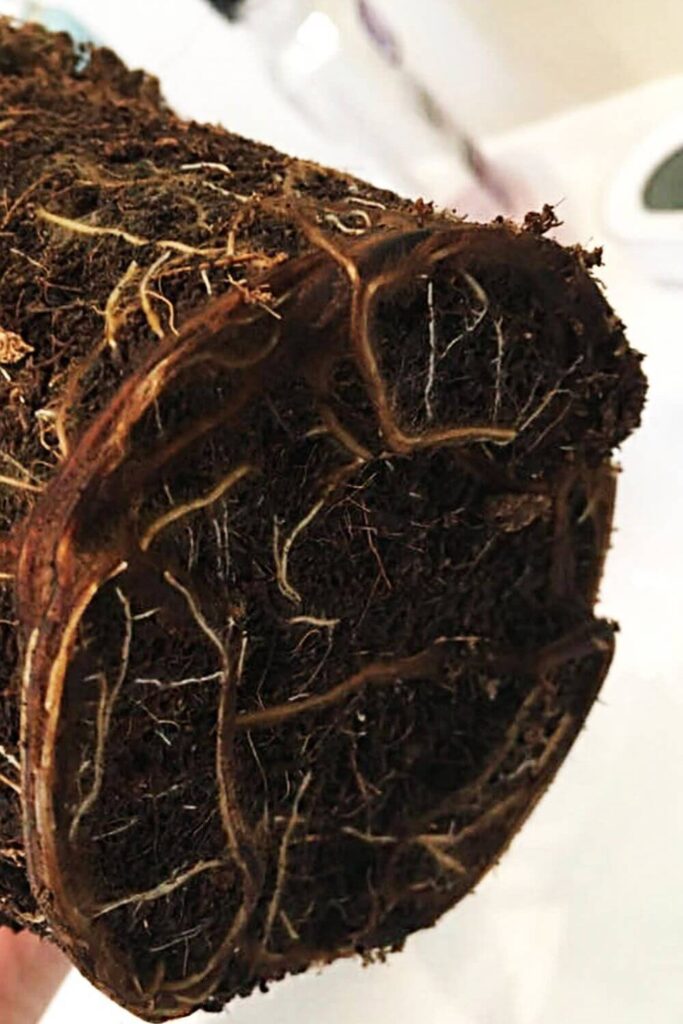
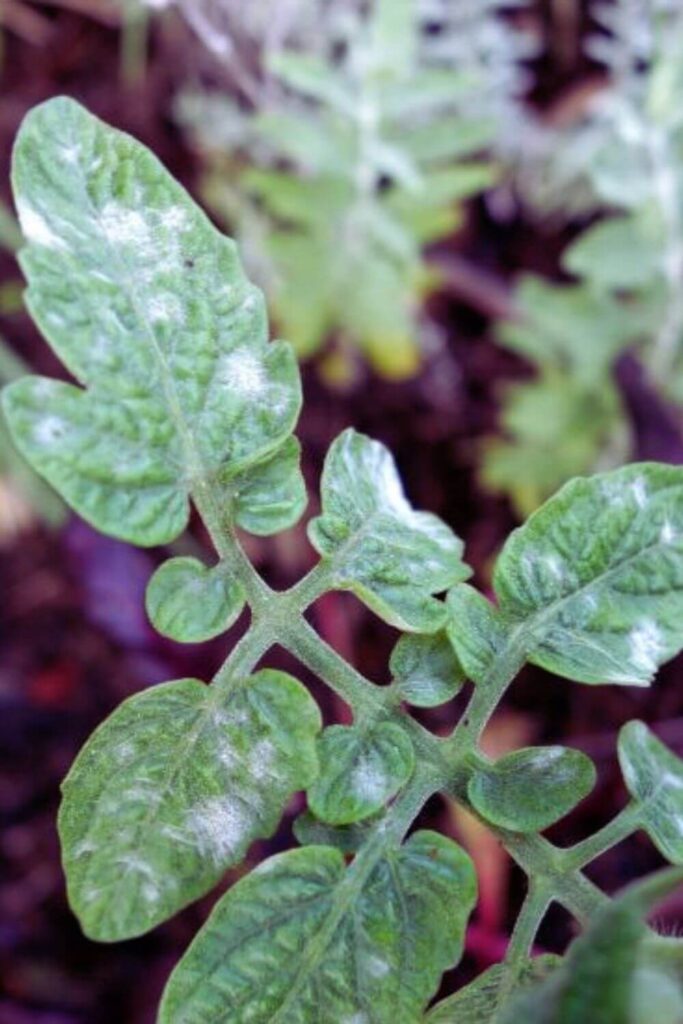
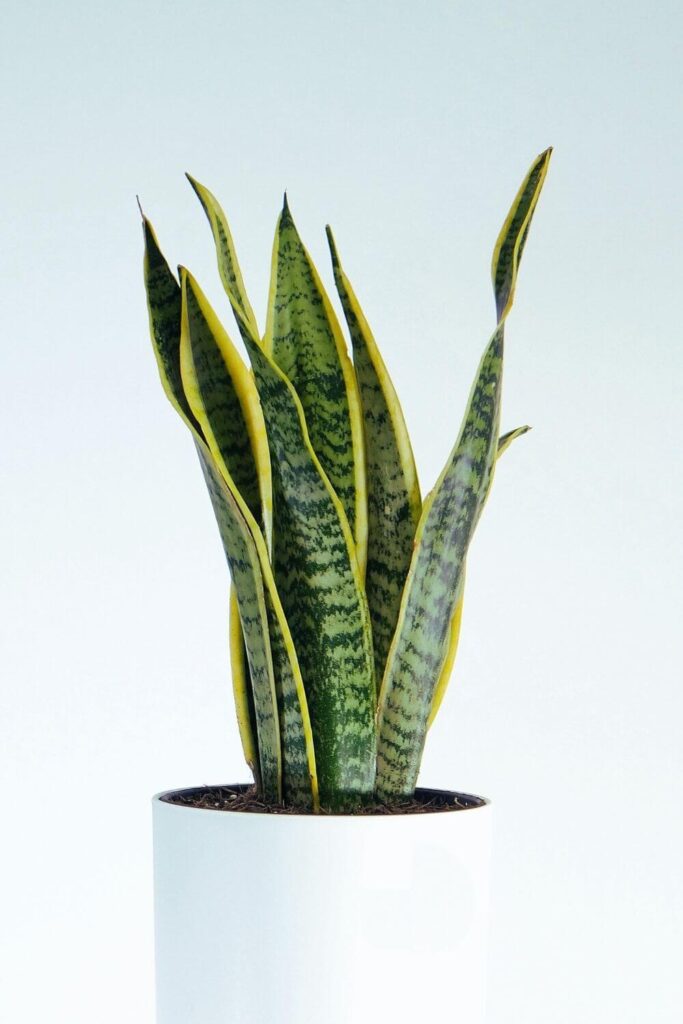
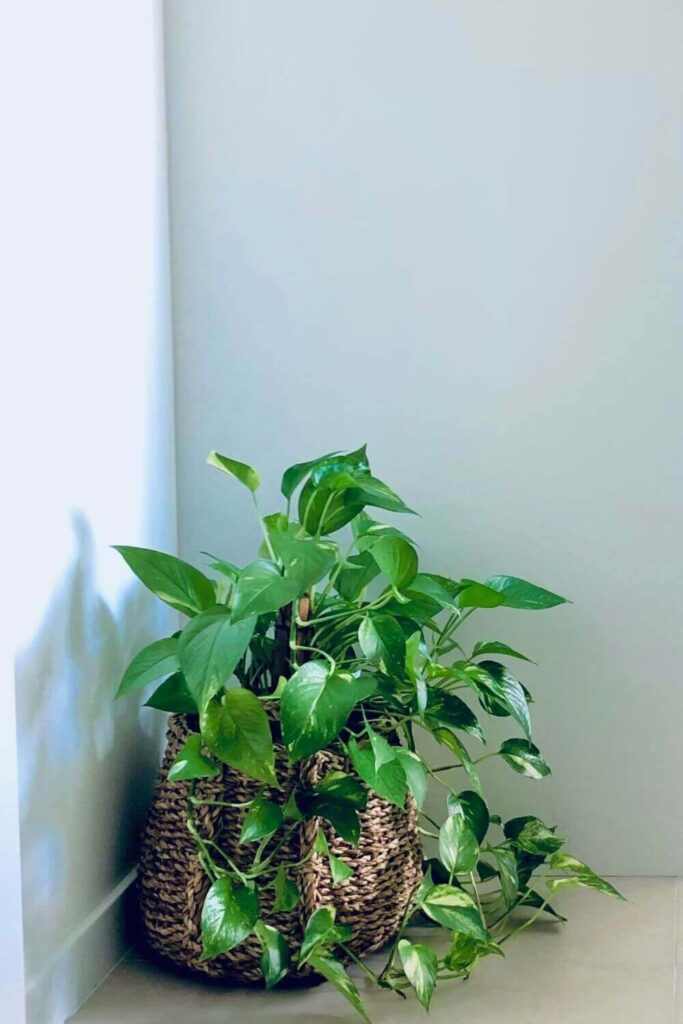
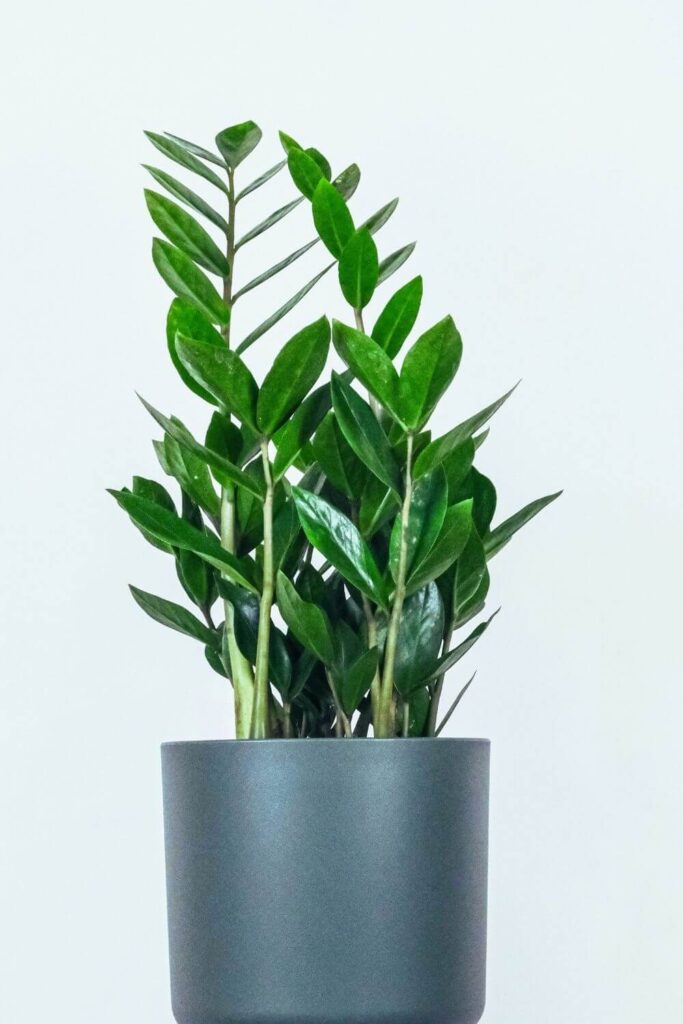
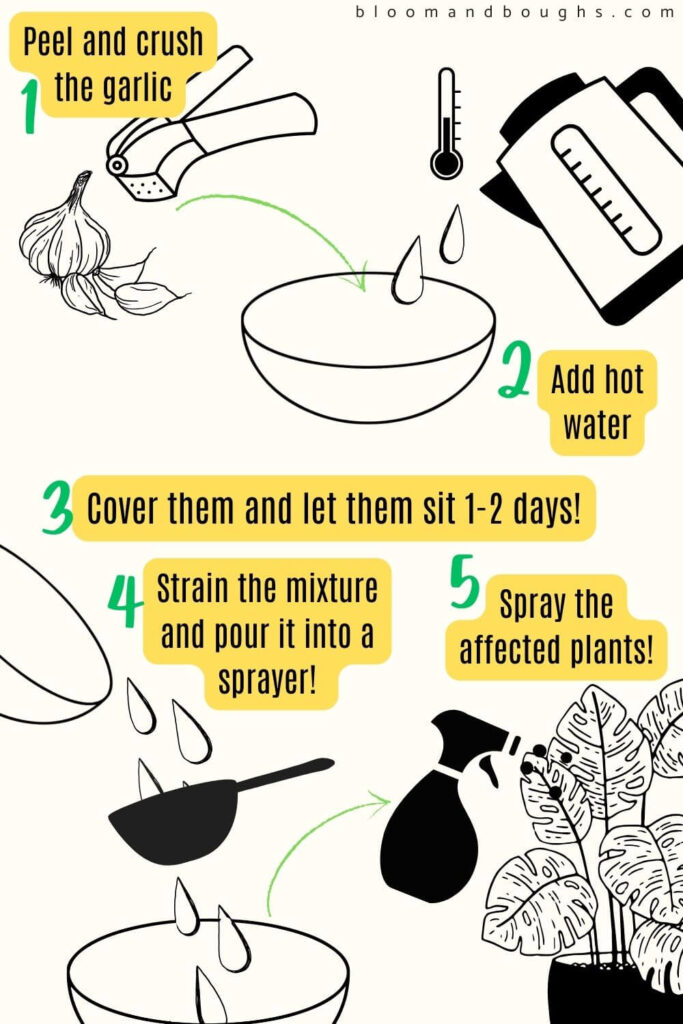
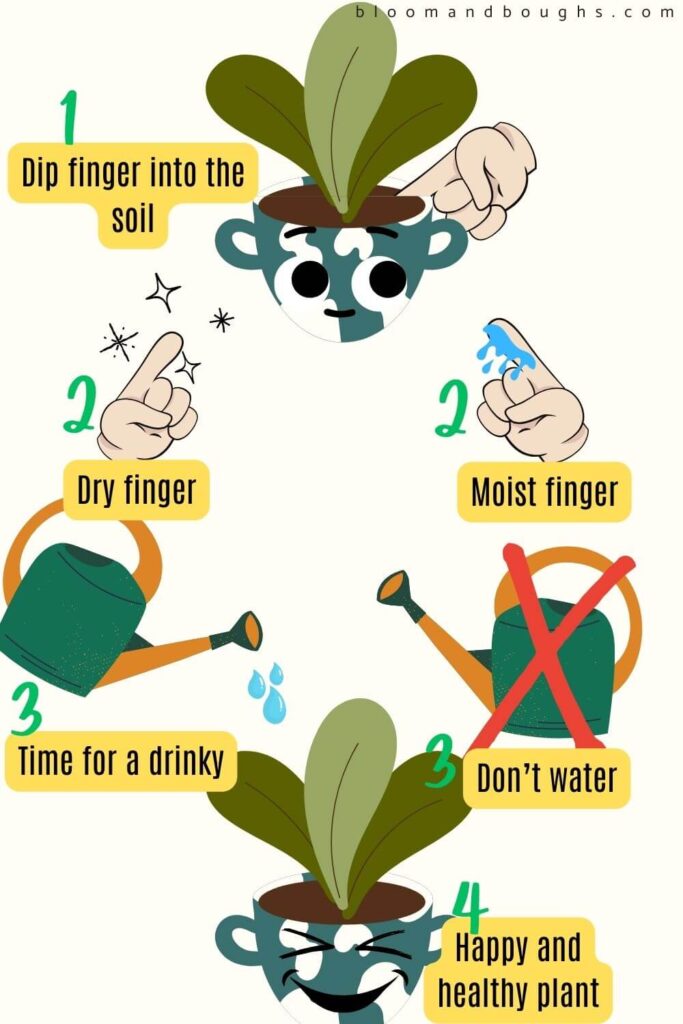

0 Comments